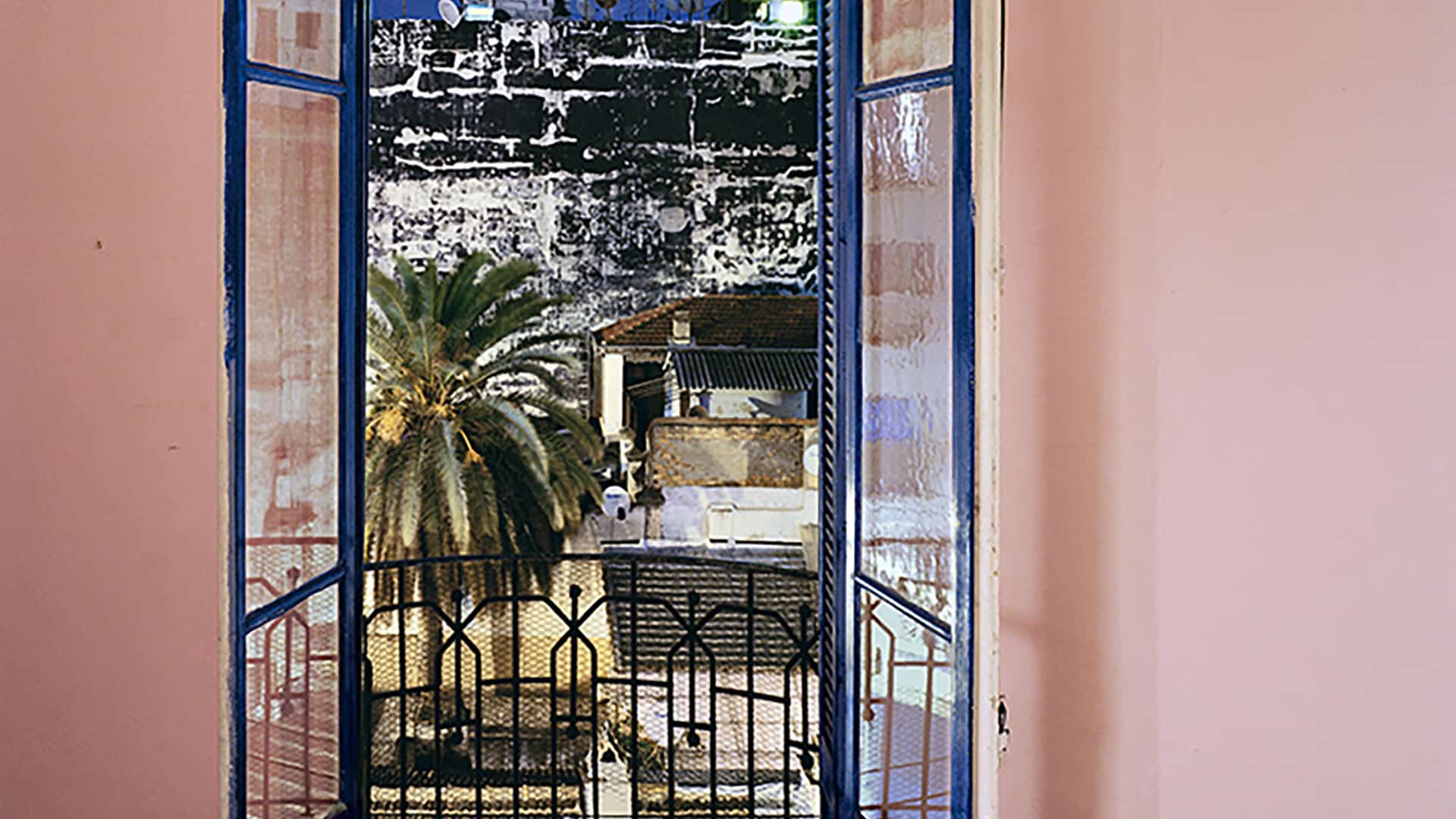The photographer’s work on the sleeping world and that which is invisible is currently on view at the Henri Cartier-Bresson Foundation in Paris.

You’re getting blind.
Don’t miss the best of visual arts. Subscribe for $9 per month or $108 $90 per year.
Already suscribed ?



